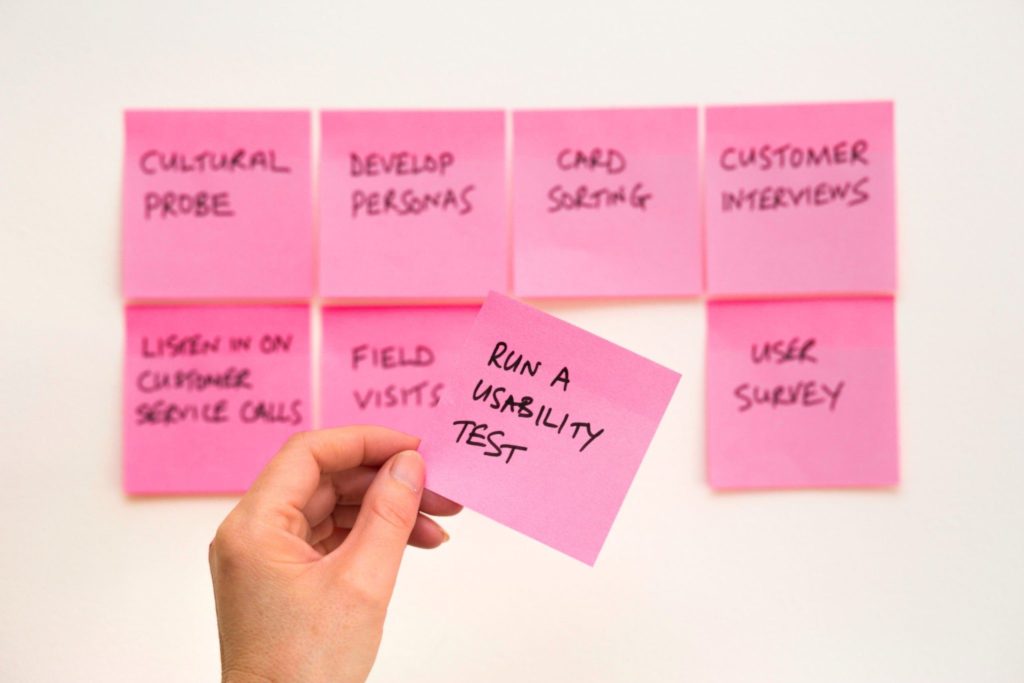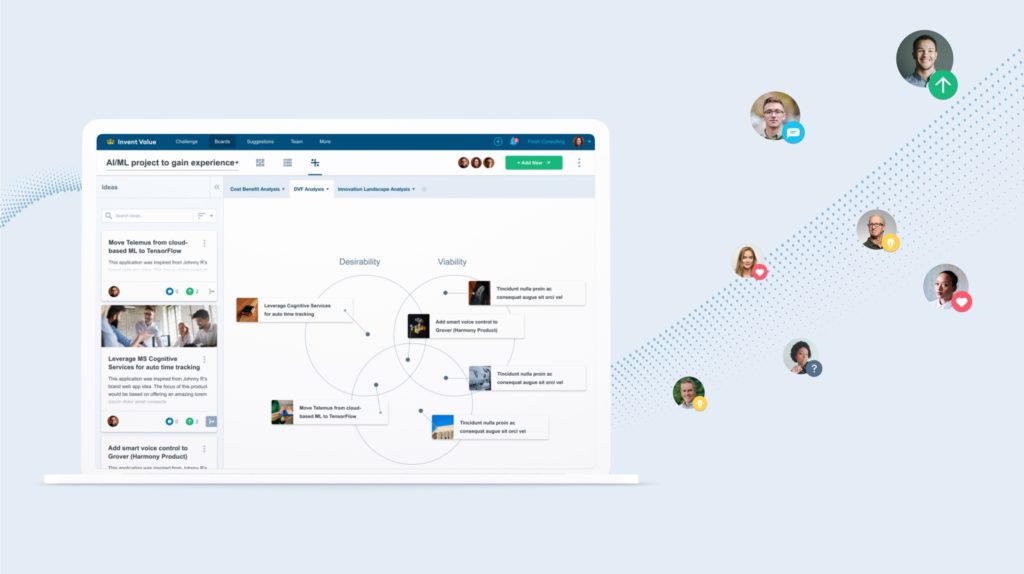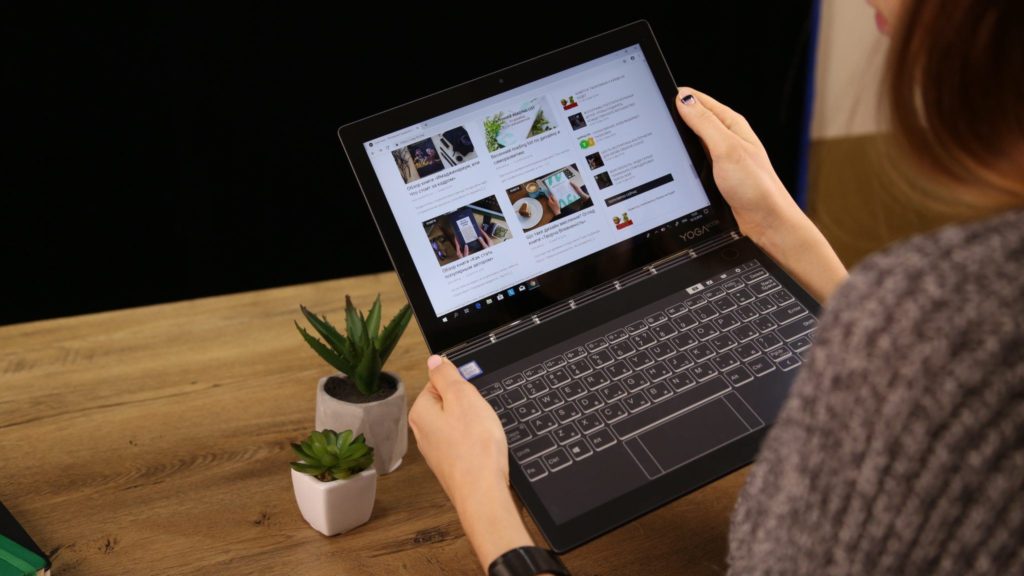Article
UI/UX Principle #6: A Little Bit of Usability Testing Goes a Long Way

Amidst the excitement of creating a new product, it’s really easy to overlook usability testing and its central importance to the design process.
After preliminary research is conducted–and after detailed blueprints outlining the design of a product have been made–it seems intuitive that any problem would already have been encountered, accounted for, and solved.
Not so. While a product might make perfect sense in the mind of a designer, the experience of using it is often full of frustration for users. No matter how much forethought has been put into the design process, crucial details are lost in the rapid process of ideation, iteration, and execution of a design. Attention to detail yields the ability to create a world class user experience and paying attention requires testing a product consistently before release. Even a little testing will go a long way toward uncovering your biggest issues.
Empiricize Empathy
Usability testing is a way to refocus on the most important details of a user’s experience. In a 2014 Dorm Room Tycoon interview with Jakob Neilsen, Nielsen argued that usability testing must be conducted in order to develop a conduit of empathy between designers/developers and users: “[Keep] the focus on users and keep this kind of reality check of doing user testing [ . . . ] you can drill yourself into becoming more aware of these differences between yourself and others.”
Empathy–the ability to understand and share the experience of another person–is central to the design process. Without usability testing, empathy is minimized and the design team risks losing their understanding of the people who will actually use the product. Understanding your users via research will create more empathy. Even if you don’t do anything elaborate, watching users go through the experience of using your product with a little user testing will invite empathy.
Testing is Not a Time Sink
Usability testing isn’t as time intensive as one might think. In fact, Jakob Nielsen identifies a magical number of tests that proves effective: “The answer is simple: test 5 users in a usability study. This lets you find almost as many usability problems as you’d find using many more test participants.” More testing adds more validation but studies show diminishing returns when you get up to 10.
Perceptions of usability testing as being a time sink and a logistical nightmare aren’t accurate. Depending on the phase of the design cycle, a usability test might be as simple as asking five users to interact with a paper prototype. A test could also be as easy as having a single user progress through a clickable prototype–not yet the final design, but close enough that test moderators can get a picture of what is and isn’t working…even when the design isn’t final. The point is that testing needs to happen “early and often” so as to avoid the fallout that comes at the end of the design cycle or significant re-work as a result of neglecting testing on the front end. Read more in Paper is cheaper than code.
The Ultimate Return on Investment
Usability testing, which falls under the larger umbrella of user research, is focused more on gathering qualitative data than on compiling quantitative data. The latter is more appealing to stakeholders, but the purpose of usability testing is to get a basic picture of whether a specific feature of the design is functional and user friendly. Norman articulates that “The vast majority of your user research should be qualitative–that is, aimed at collecting insights to drive your design, not numbers to impress people in PowerPoint.” At Fresh, we have many methods to get usability testing numbers to add to the overall picture, but the qualitative usability testing is foundational.
Testing yields actionable insight and patterns that gives perspective to the design team. Testing the product on real users will allow you to identify frustrating issues related to navigating the product and accessing its content and features. If you’re the person who created it, the design probably makes perfect sense. But in the end, it’s your users, not the design team, who need to feel confident in adopting the product.
A delightful user experience is the most important focus in User Experience design. Don’t jeopardize the successful launch of your product by neglecting usability testing. By investing in usability testing throughout the design process, even if it’s light, the team will save time and frustration after launch and users will be rewarded with a higher quality user friendly product the first time they use it.









